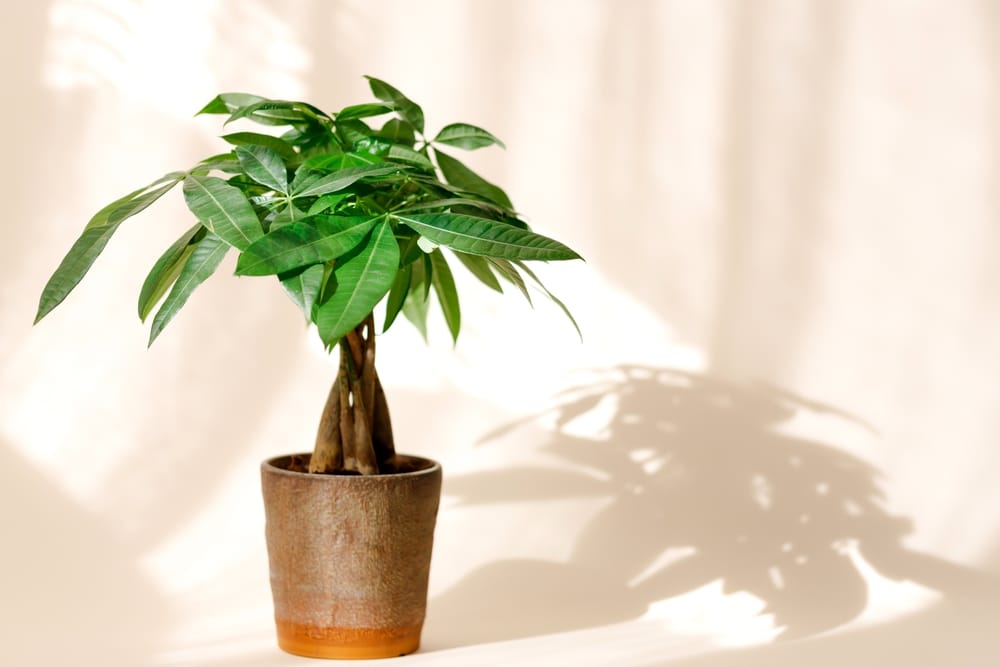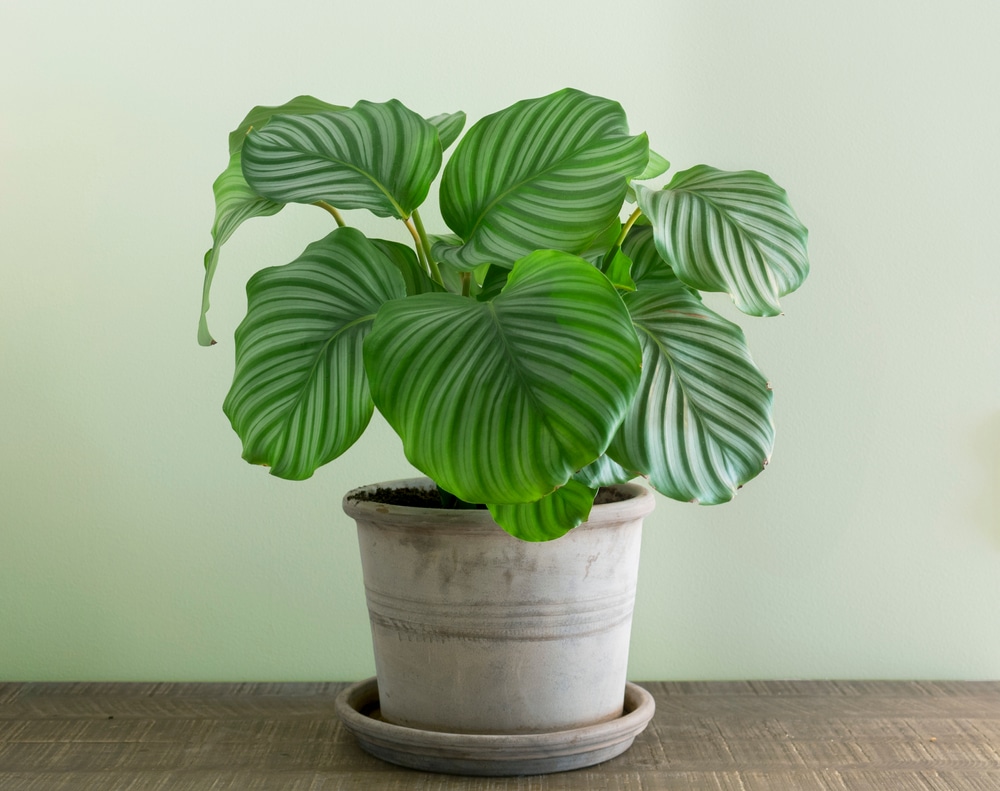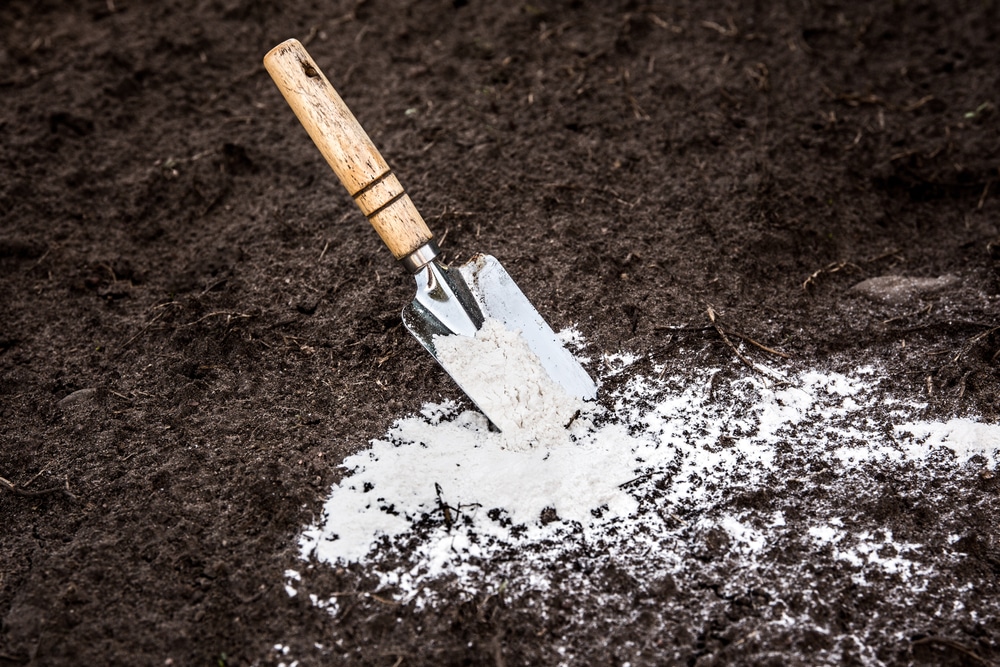Potential Hydrogen, or what we commonly know as pH, is a scale used to measure the acidity or alkalinity of a substance. In terms of plants, the soil’s pH level can determine whether a plant thrives or suffers. The pH level is primarily responsible for ensuring that the plant can get all the nutrients it needs from the soil.
While some plants do well in acidic soils, others prefer neutral to slightly alkaline soils, with a pH level anywhere between 6-7, 7 being the neutral value.
The Importance of pH Levels in Plants
The soil’s pH levels can have a significant impact on the plants growing in it. If the pH level is extremely high or low, it can result in the plant not being able to absorb nutrients from the soil.
When the plant is unable to uptake nutrients, it will start to experience symptoms of nutrient deficiencies and plant stress. Unfortunately, this is often overlooked because the symptoms can be easily mistaken for other problems.
The good thing is that pH levels can be adjusted, and it’s relatively easy to do. Depending on the severity of the problem, you might be able to correct the pH level with a simple soil test and some amendments.
What are Some Signs of Low pH in Plants?
Some plants are more tolerant of wider pH ranges than others, but in general, if your plants are showing any of the following signs, it’s a good indicator that the pH level in the soil is too low:
Leaf Chlorosis
Leaf chlorosis is a condition where the leaves of a plant start to turn yellow while the veins remain green for a certain period. This is generally one of the first signs that something is wrong with the plant. While there are several reasons why this might happen, one of the most common is due to nutrient deficiencies.
A highly acidic soil (low pH level) makes it difficult for the plant to get nutrients from the soil. The soil might have all the nutrients the plant needs, but if the pH level is too low, it won’t be able to access them. As a result, the leaves will start to turn yellow as a sign of distress.
Burnt Patches Showing on the Leaves
The soil is more prone to be exposed to toxic chemicals and heavy metals when the pH level is low. These substances can build up in the soil and be taken up by the plant. As a result, all of these toxic substances will start to accumulate in the leaves, and you’ll start to see brown or burnt patches on them.
If you notice any unusual markings or discoloration on the leaves of your plants, it’s a good idea to get the soil tested for pH and other nutrient levels.
Slow Growth
Acidity creates an imbalance in the soil’s nutrient levels, which can lead to a number of problems for the plant. For instance, the high acidity level in soils can affect the amount of magnesium, phosphorous, and calcium that’s available to the plant. When plants don’t get sufficient levels of these nutrients, it can cause stunted growth.
If you notice that your plants are not growing as quickly as they should be, or if they seem to have stopped growing altogether, it’s a good indication that the pH level in the soil is too low.
Leaf Necrosis
This is also another symptom that’s often mistaken for something else. Leaf necrosis is when the leaves of a plant start to turn brown and wilt. While it’s true that leaf necrosis can sometimes be caused by drought or too much sun exposure, it can also be a sign of low pH levels in the soil.
The plant shows signs of distress because it can’t access nutrients from the soil. This imbalance usually manifests in the plant’s leaves, as they’re the first ones to wilt and die.
Leaf Tip Burn
Have you ever noticed your plants’ leaves turning brown and crispy around the edges? Different conditions, such as too much sun exposure or chemicals in the soil, can cause this. But if you notice that the leaf tip burn is happening regularly, it’s a good idea to have the soil tested.
Most often, the lack of these essential nutrients shows through the plant’s leaves.
How to Adjust pH Levels
Once proven that the problem lies with the pH levels in the soil, there are a number of ways to go about fixing it. Generally, granulated or pulverized agricultural limestone is the best way to raise the pH level in soils. This limestone will help to neutralize the acidic soil and bring it back to a more balanced state.
The finer the limestone is, the faster it will work. You can help hasten the process by raking the soil and mixing in the limestone. If the soil’s pH isn’t too low, you can also mix baking soda with water and apply the solution to your soil. Baking soda is a basic substance that will help to raise the pH level.
Signs of Low pH in Plants: Final Conclusion
Your job doesn’t stop after laying down the seeds and giving them good watering. To ensure a bountiful harvest, you need to be on the lookout for signs that your plants might be suffering. One of the most common problems that crops face is low pH levels in the soil.
Be on the lookout for common symptoms, such as yellowing leaves, stunted growth, and leaf necrosis. Reduced harvest yield is another sign that something is amiss. Have a soil testing kit on hand and test the pH levels of your soil regularly. Doing so will save you a lot of time, money, and effort in the long run.
As soon as you notice anything out of the ordinary, take action to fix the problem. The earlier you catch it, the easier it’ll be for you to solve the issue. If you let the problem persist, your plants will continue to suffer and may not recover.
Related Article: 0 20 20 Fertilizer


